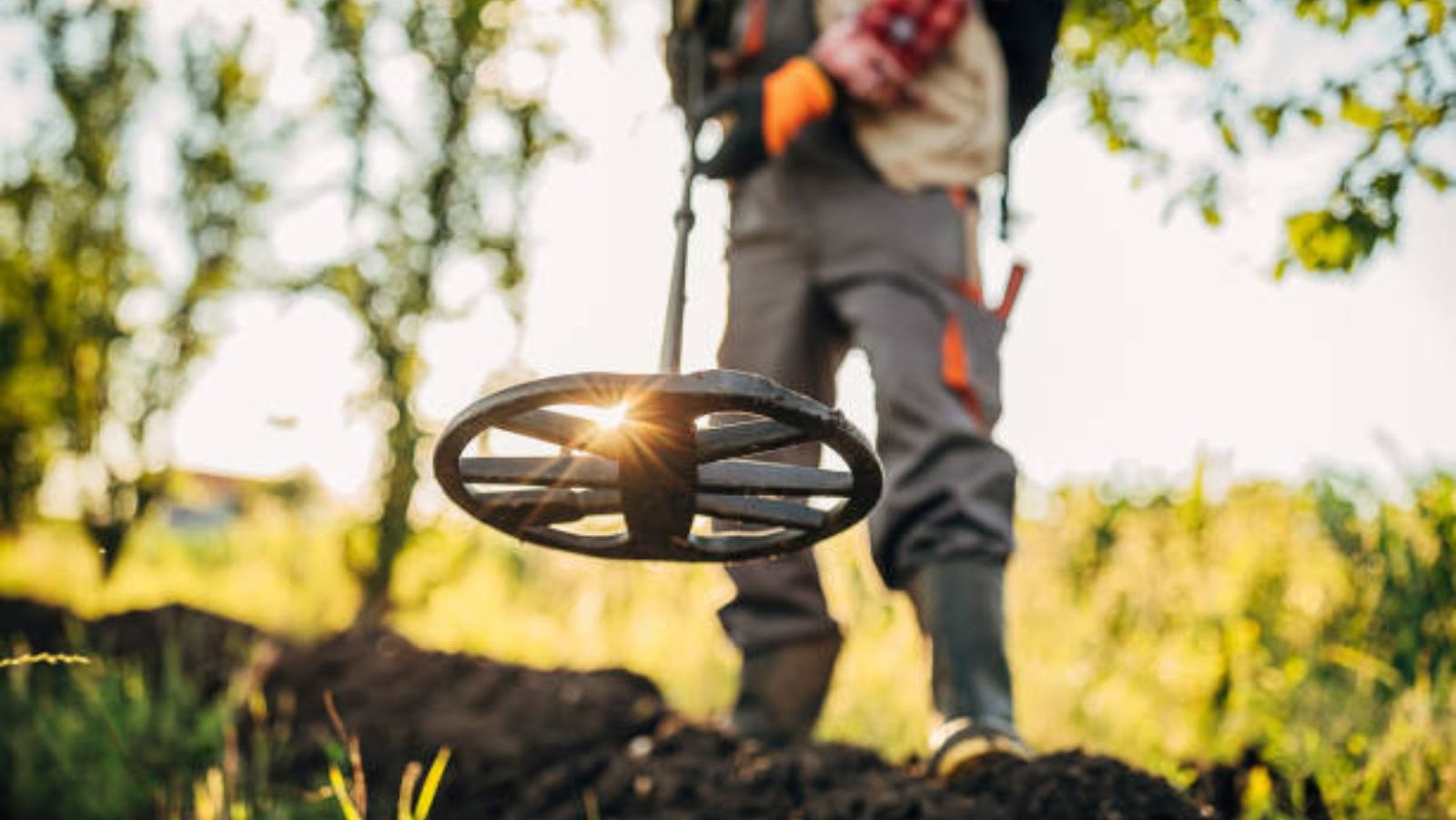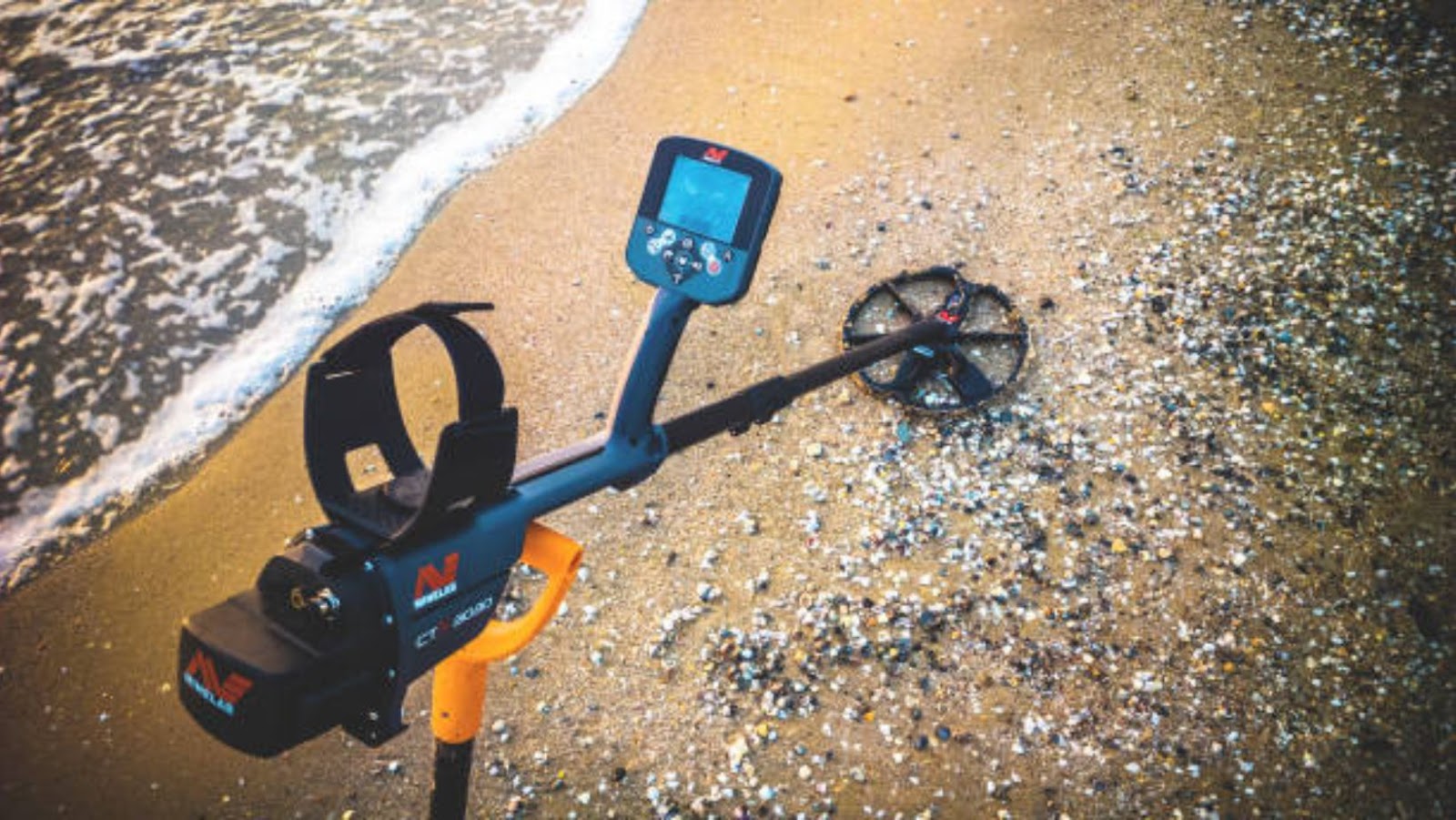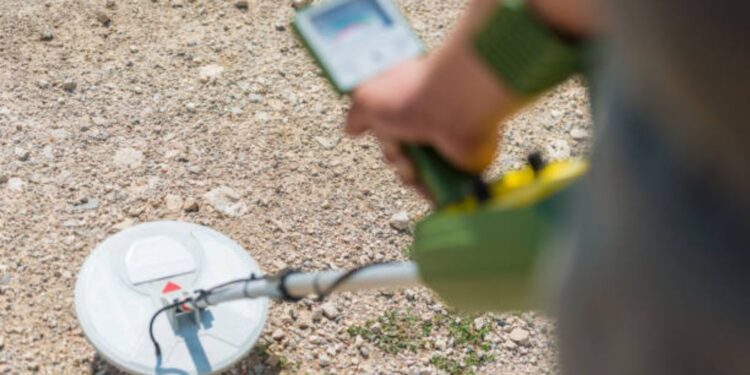People have been captivated by the prospect of unearthing buried wealth beneath the ground since the great Gold Rush of the 1800s. It has gained so much popularity that metal detecting is now regarded as a trendy hobby.
A person who enjoys metal detecting uses a metal detector to look for expensive objects in public spaces like parks, beaches, and historical sites. But as metal detecting cannot be done without metal detectors, beginners who plan to take up metal detecting as a hobby should know how to choose a metal detector.
A Guide To The Metal Detector
Decide who will use it
Look for a metal detector that is height adjustable so that kids and adults don’t have to struggle while using it. You need to decide whether you will be using it or if there are kids who will also be using it. If both adults and kids are using it, then you should choose a metal detector that is adjustable and suited for all ages.
Pick a detector with discrimination
Many fantastic discoveries are buried somewhere, ready for you to unearth, but there is also a ton of trash hidden. Fortunately, there is a technique to distinguish between garbage and treasure: use a metal detector with caution. You can essentially choose how finicky your metal detector is with this option.

Your detector will equally identify gold coins and tin cans at low discriminating levels. By emitting a bad signal, it will begin to reject the garbage as you boost the discriminating setting. You’ll need to experiment a little with this tool, as if you increase the setting excessively, it may reject certain precious metals.
Accessories
The battery is one of the accessories you will need to keep your metal detector going. Without a battery, you will not be able to complete your hunt. Hence you mustn’t forget to take extra batteries with you while you start the journey.
In which depth will you be working?

This is one of the most crucial factors to notice. How far underground does its signal travel? A basic model’s deepest part should be at least 13 cm below. This goes far enough to turn up some rather fascinating information. Improved detection depth models are often better but are typically more costly. A suitable detection depth for beginners is between 13 and 16 cm; at this level, you can genuinely locate items without spending a fortune.
Which terrain will be scanned?
Many individuals don’t think about this point, yet it is critical. Metal detectors operate differently on various terrains; they function somewhat differently on sand than on the rocky ground. This is because the signal from a metal detector may travel farther through the loose soil than through hard surfaces like a rock.
Conclusion
For all ages, metal detecting is enjoyable. Going on a scavenger hunt is a fun activity for all people. Adults also have a lot to gain from these treasure hunts. But it can be challenging for beginners who want to start the treasure hunt. And one of the challenges is to get the proper metal detectors. So, if you plan on your first treasure hunt, buy a metal detector while keeping the above points in mind.














